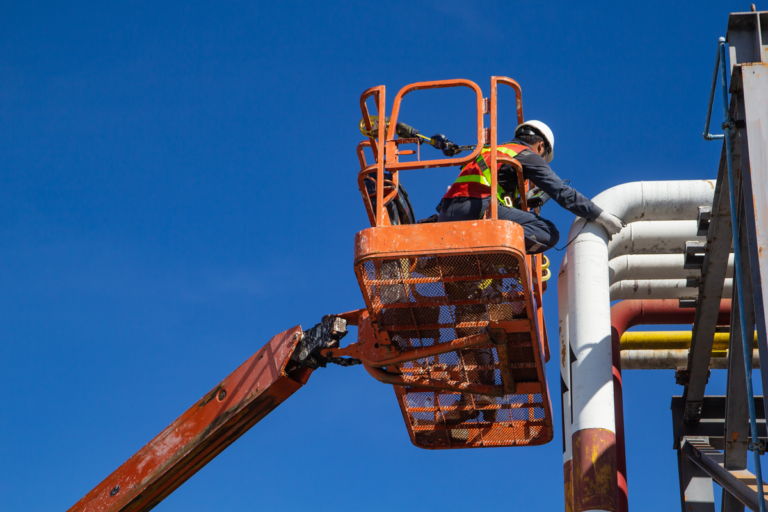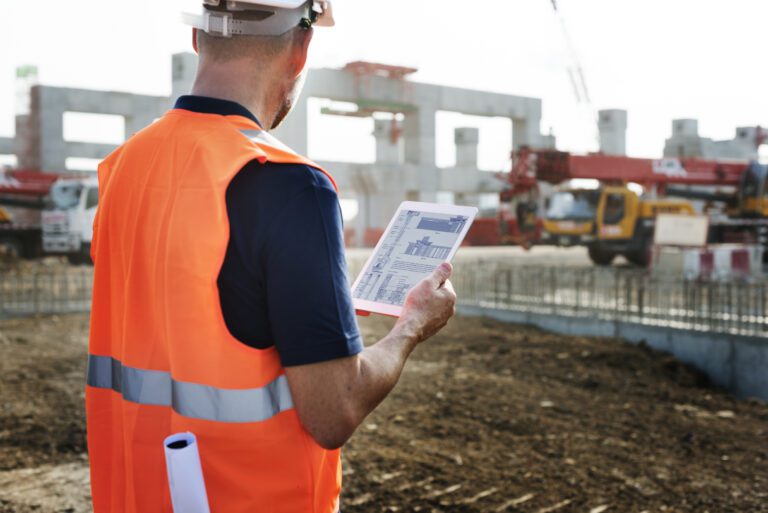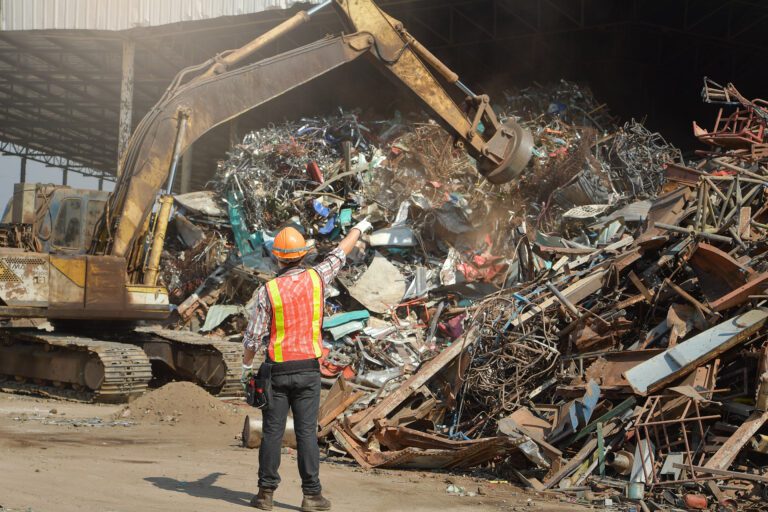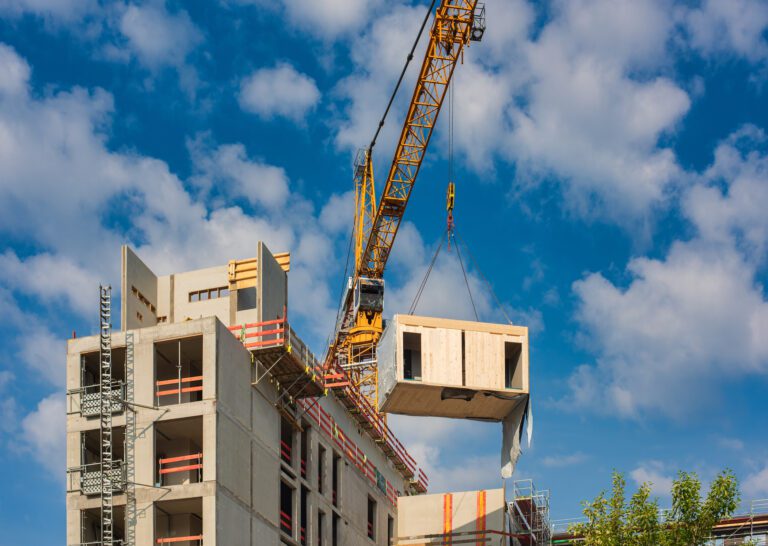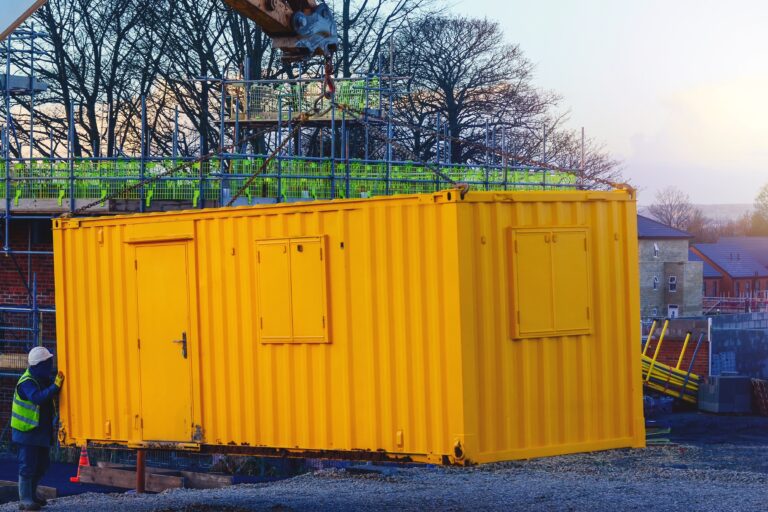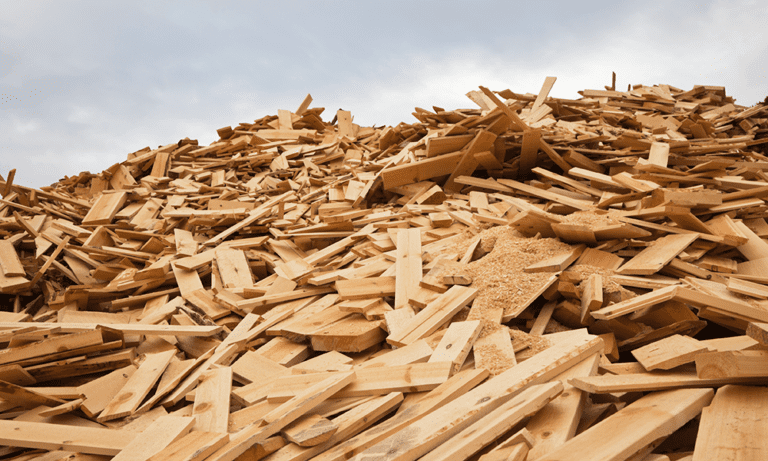21st June, 2022
How to Get Your Construction Project Reporting Right
When construction project reporting, you need to have a plan so that you can keep everyone on track. Find out how to compile a construction report here.
When it comes to your construction project reporting, you need to have a plan.
You need to know exactly what to cover so that all key team members and stakeholders understand how the project is progressing.
Whilst reports are needed in a range of sectors, the construction industry in particular demands regular, comprehensive reports that give everyone involved a solid overview.
Whether that’s outlining what tasks have been completed or how much budget has been spent so far, it keeps everyone on the same page. As such, when done right, a construction report facilitates smoother communication and a more positive project outcome.
If the thought of devising a construction project report from scratch sounds quite daunting (and tedious), then we’re here to help.
We’ll be breaking the process of construction project reporting down so that you can approach this part of your job role with confidence.
So, let’s get started.

What is Field Reporting?
Field reporting, also known as site reporting, is integral to the success of a construction project, as it gives everyone full visibility of progress.
It also allows team members to see what still needs to be done so that they can better plan their workloads to meet key deadlines.
When it comes to compiling the field report, everyone on-site is part of the process and all tasks and activities are closely connected. This means nothing is left out or forgotten about, as all teams have been consulted so that they can give their input.
The idea behind this is that a slight delay with one task, can have a huge impact on other operations and can slow down the entire project.
By getting everyone involved, you’re reducing the likelihood of this happening as everyone has full visibility from the outset.
The way progress is documented also plays a huge role. Traditional reporting required a lot of time and resources, both of which are very valuable in the construction industry. Excel and Microsoft Word were once the go-to applications for construction managers, but times have changed.
Not only are these programmes difficult to share and collaborate with, but there are also much more effective pieces of software available.
Below are some examples of construction project management software which you might find helpful:
- BIM 360
- Jonas Premier
- Procore
- CoConstruct
- Buildertrend
- PlanGrid
- Projectmates
By utilising construction software, it will save you time and money on your project reporting which could be better spent in other areas.
What Is a Construction Report?
It’s important to understand that there isn’t just one ‘type’ of construction report, as it depends on the job at hand.
Some of the most common types of construction reports are summarised into the categories below:
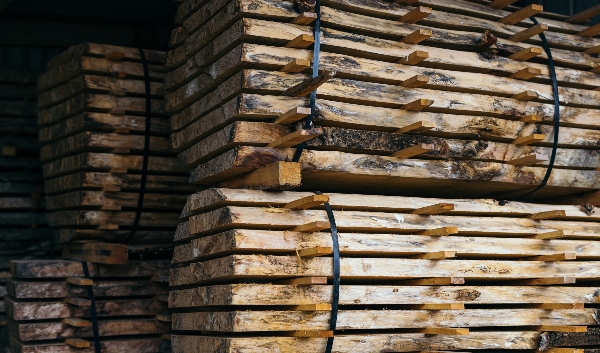
Material reports
Construction projects rely heavily on material reports. After all, without having the right materials, workers cannot complete the job and will miss their deadline.
Whether it’s new windows, timber, steel, or anything else you require, materials are at the heart of any construction project. Over the last few years, this industry in particular has suffered huge shortages which has led to major disruption.
If one part of the job isn’t finished, then this means workers cannot progress onto the next stage. Essentially, it’s a domino effect and can lead to projects being pushed back for several months.
This is why material reports are crucial as they allow construction managers to stay up to with the latest developments so that they can create a work-around if needed. For example, if their regular supplier is short of a material they need, they can start sourcing alternatives.
Trend reports
Trend reports are widely used in the construction industry.
They offer the latest status on different building construction types and analyse if their importance in the market is going up or decreasing.
These reports are produced on an annual basis in order to help stakeholders in the sector get a good overview of the latest market trends and changes.
Cost reports
Cost reports are substantial for every construction project.
They are always used during the bid stage of a project in order to offer an accurate cost estimation concerning the workforce and the materials that will be used.
Normally, a cost report is put together by the contractor and it is built according to the design that the client has presented.

Progress report
A construction progress report is also known as a daily report, and is critical to the success of a construction project.
These reports normally contain field notes and a list of activities that are completed each day, so that construction teams know what is happening the day ahead. This lets construction managers see what has been accomplished and what still needs to be done.
When construction project reports are shared, it allows everyone involved to see where the project currently stands, and it can also help ease any anxieties.
To ensure a successful construction project, creating a daily progress report is key.
However, for these reports to really work, a more digital approach must be applied. As we’ve covered earlier in the post, the traditional method of construction reporting is too time consuming.
As such, construction managers must get more comfortable with tech to ensure projects are completed as efficiently as possible.
How Do You Prepare a Field Report in Construction?
To make sure you’ve created a comprehensive construction report that all parties will benefit from reading, you need to include the points below:
- Date – This is the date the information relates to. This should also be the date the report is written and submitted so that all information is relevant.
- Whether conditions – This allows anyone reading the report to understand why certain jobs were not completed/ have been pushed back due to the weather. It also allows people to understand why team members left site early or arrived late in the morning.
- Condition of the construction site – This relates to the physical condition of the job site which might have affected how much work was completed.
- Overview of resources – This relates to the resources that were available and unavailable on that day. This may include employees, equipment, and materials.
- Type and status for the job performed on the field: The work that was performed and the status for each job.
- List of any disruptions/ delays – Any disruptions/ delays that affected the progress of the job.
- Inventory checklist – The inventory checklist shows what is in stock and what may be arriving later than expected.
- Upcoming risks – This outlines any potential risks so that everyone is aware and can avoid these problems.
- Safety and environment-related issues: This should include any incidents that occurred, whether safety-related or environment related. You also need to detail the employees’ name and relevant photos.
- Additional notes and comments – Any other comments or notes that are necessary but do not fit in any of the other categories.
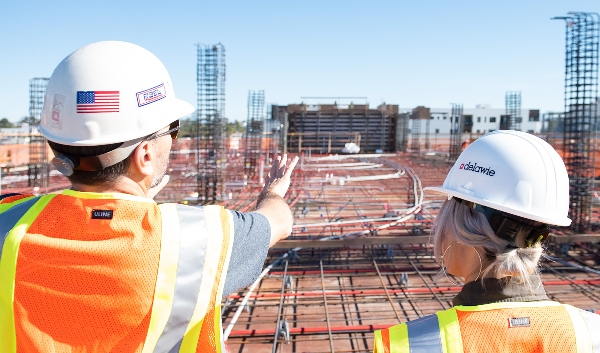
Why Are Construction Reports Important?
It’s vital you don’t leave any of the above information out of the daily report, or skip past any of the key sections, as this can negatively impact the entire project.
If there is missing information, then employees might be unaware of when they need to be available for work, or a specific job on site might not be finished as no one was made aware of it’s progress.
As such, this leads to gaps in communication and can cause the project to be delayed.
Daily reports can also be useful at the end of the project once the work is completed.
In the worst case scenario, a client might have an issue with a piece of work and in some circumstances, can take these issues to court.
However, if you’ve been staying on top of your reporting and keeping a log of everything, you can prove that everything was done as it should be, leaving no unanswered questions.
It’s vital you adopt a digital approach to your reporting methods aa this helps ensure that no information gets lost. Furthermore, by having everything documented and noted, it provides an objective source of truth for everything that took place during the project.
Forgetting one small thing, or choosing to leave something out, can make the difference between staying on budget and ending up in debt.
And we know which side of the coin we would rather be on!
How to Get Your Construction Project Reporting Right
Construction project reporting enables you to make sure the entire project is on track.
It provides an in-depth overview to all parties involved, so that they can see how the project is progressing and any areas that need to be improved.
A lot can happen over the course of a project, so it’s important to keep people updated whether that’s internal team members, stakeholders, or clients. Essentially, a construction report keeps everyone on the same page and facilitates a much smoother completion.
In order to get your construction project reporting right, it’s important to follow the points outlined above. This helps you make sure you’ve included all of the necessary details so that all parties have a complete overview, and no ones left in the dark.
As a construction manager, this can also help you identify any gaps in the project so that you can find the best solution to ensure you meet key deadlines and maintain customer satisfaction.
After all, your client wants to see value for their investment.
Aside from construction reports, you will also need to source the right construction equipment. Without the right tools and materials, nothing is getting done and your project will suffer. Instead of ringing around several different suppliers trying to find what you need, YardLink acts as your central hub.
Easily browse through hundreds of different products and order them through your online account. Simply set up your online account here, or get in touch with the team to discuss your project needs further!
YOU MIGHT ALSO BE INTERESTED IN

